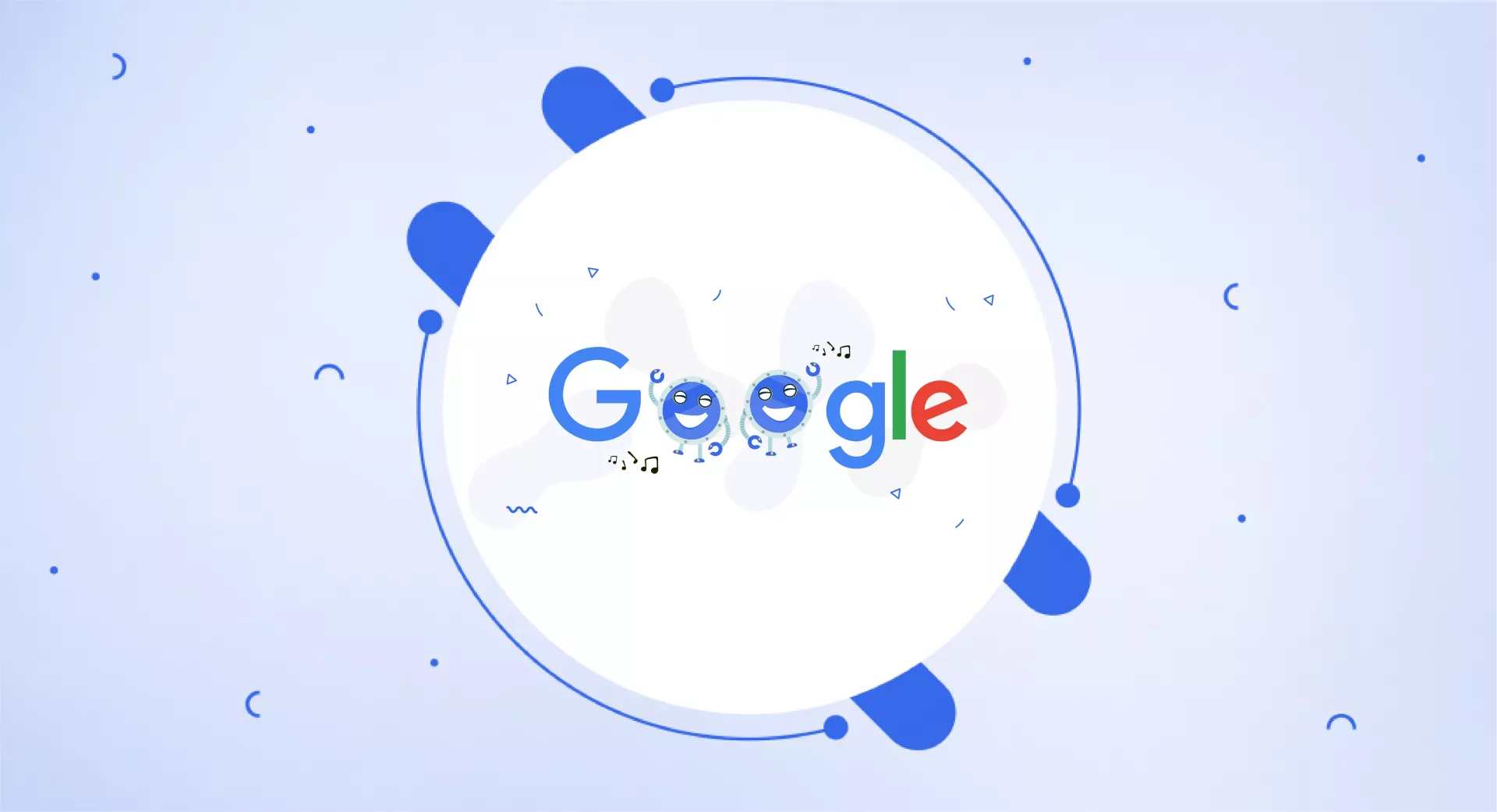What is Google Dance?
Google Dance refers to the period when Google's search engine rankings fluctuate significantly, resulting in dramatic shifts in search results for particular keywords or phrases.
During a Google Dance, website rankings can change dramatically from day to day, or even from hour to hour. It's an unsteady time before results settle into more stable positions after Google's changes take full effect.
The name "Google Dance" started long ago when Google only updated rankings monthly.
Webmasters would excitedly wait each month to check if their site rankings had changed after the update.
As Google's algorithms became more complex, and its indexing frequency increased, the Google Dance became less pronounced.
However, major Google algorithm updates still trigger site ranking shuffling periodically.
Note: The term "Google Dance" is also used for the annual party that Google used to hold at its headquarters, known as the Googleplex, for SEOs and other industry professionals. This event was an opportunity for SEOs to network with Google employees and learn more about the search engine's updates and best practices.
How Does It Work?
During a Google Dance, Google makes big changes to its ranking algorithms. This causes search results to shuffle around a lot.
The result can be dramatic changes in the search rankings for specific keywords or phrases.
For example, a website ranking number 1 for a keyword could suddenly drop to the second or third results page. Meanwhile, another site can take its former top spot for that same keyword.
How big an impact depends on how major the search updates are. Sometimes ranking changes are minor. But other times, sites see huge spikes or drops in visibility and traffic
Importance of Google Dance in SEO
Google Dance can significantly impact SEO and website traffic. Understanding how Google Dance works and how to adapt to its fluctuations is important for any website owner.
One of the key benefits of Google Dance is that it can provide an opportunity for websites to improve their rankings.
A poorly executed SEO strategy can be negatively impacted by Google Dance. This is particularly true for websites that rely heavily on black-hat SEO techniques, such as keyword stuffing or link schemes.
It's normal during a Google Dance for sites to temporarily drop down in rankings at first. Then they rebound back up after some time passes.
This can be an opportunity for website owners to make changes to their content and SEO strategies to improve their rankings.
However, these ranking changes are typically short-lived. So instead of hastily changing your website, it's best to wait it out. Do proper research if there is something to change, and then take a step for execution.
Keep in mind, that Google Dance can occur even if you haven't made any changes to your website. External factors such as your competition earning links or updating their pages can cause fluctuations in search rankings.
It's important to monitor your website's search rankings and adapt strategies as needed to maintain its visibility.
How Often Does Google Dance Happen?
The frequency of the Google Dance varies depending on the specific changes being made to Google's search algorithms and indexing processes.
In the early days of Google, the Google Dance occurred once a month when the search engine updated its rankings.
However, as algorithms have become more complex, the Google Dance has become less pronounced.
Today, major Google algorithm updates, such as the Penguin or Panda updates, can trigger significant fluctuations and result in a Google Dance. These updates can occur several times a year, or even more frequently.
On the other hand, smaller Google updates happen all the time. These are meant to smoothly improve search quality rather than dramatically reshuffle things
Factors Affecting the Google Dance
Several factors can influence the occurrence and impact of Google Dance. These factors include:
Google Algorithm Updates
Major updates to Google's ranking algorithms, such as the Panda, Penguin, or Hummingbird updates can trigger significant fluctuations and result in a Google Dance.
Website Changes
Changes to a website's content, structure, or technical configuration can also impact rankings.
For example, adding or removing pages, changing URLs, or altering the site's navigation can all influence search rankings.
Competition
For very high-competition keywords, even small ranking shifts can dramatically change site traffic and visibility. When many sites are targeting the same popular searches, movement is more sensitive.
On the flip side, for low-competition long-tail keywords, ranking moves may not change actual site performance that much during Google Dance.
Content Quality
Google's algorithms are designed to reward high-quality, relevant content.
Websites with high-quality content that is relevant to specific search terms are more likely to maintain or improve their rankings during a Google Dance.
Backlink Profile
The quality and quantity of backlinks can also impact search rankings and influence Google Dance.
Websites with a strong backlink profile are more likely to maintain or improve their search rankings during a Google Dance.
Social Signals
Social media activity can also affect search ranking during a Google Dance - likes, shares, comments, and so on.
So you need to keep an eye on your social engagement. Adjust your social strategies as required to stay visible and continue improving rankings.
The key is to stay informed and make strategic adjustments to achieve long-term success.
Takeaway
Google Dance refers to shifts in rankings when Google changes its ranking algorithms or indexes new content. Site positions often fluctuate wildly during these periods.
To navigate it successfully:
Stay informed on updates and monitor rankings
Strategically adapt approaches as needed
Keep focusing on useful, high-quality content
Earn backlinks naturally by satisfying user intent


